"Nothing brings you effortless summer-long colour quite like begonias. With their bold, cascading blooms and lush foliage, begonia tubers are the ideal choice for dazzling displays in borders, pots, and hanging baskets. These reliable, easy-to-grow tubers ensure months of vibrant flowers with minimal effort, brightening up any space with their spectacular shades."
Peter McDermott, Head Gardener

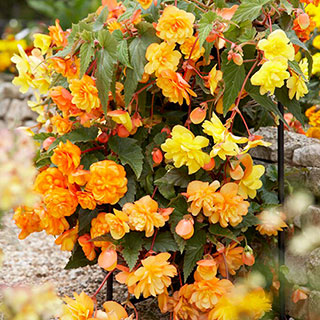

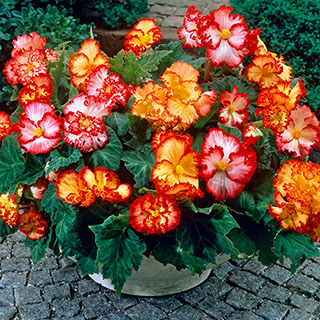
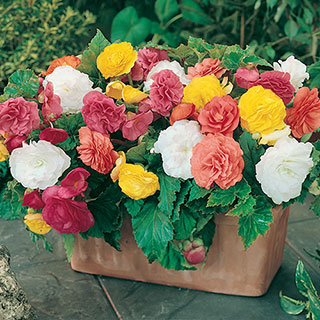

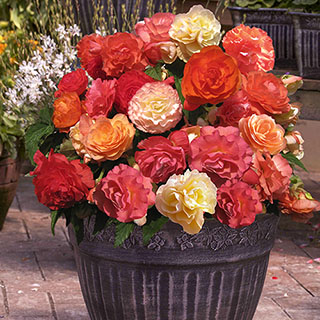
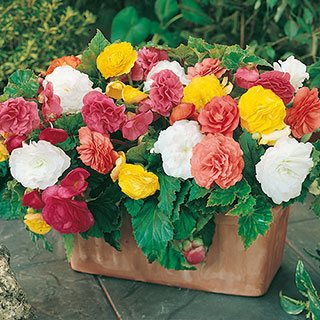
"Nothing brings you effortless summer-long colour quite like begonias. With their bold, cascading blooms and lush foliage, begonia tubers are the ideal choice for dazzling displays in borders, pots, and hanging baskets. These reliable, easy-to-grow tubers ensure months of vibrant flowers with minimal effort, brightening up any space with their spectacular shades."
Peter McDermott, Head Gardener
Begonias are a popular choice among gardeners for their stunning flowers and lush foliage. These versatile plants come in various colours and sizes, making them suitable for gardens, containers, and hanging baskets. If you're considering growing begonias, planting begonia tubers is a great way to start.
Begonias are native to tropical and subtropical regions and are known for their attractive flowers and distinctive leaf shapes. They thrive in partial shade to filtered sunlight, making them suitable for different garden conditions. The tuberous begonia variety, which grows from tubers or swollen roots, is particularly popular for its large, showy flowers.
Planting begonia tubers
To plant begonia tubers, the ideal time is in the late winter or early spring, approximately six to eight weeks before the last frost date in your area. Begin by preparing a container or garden bed with well-draining soil. Begonias prefer a slightly acidic soil with a pH level of around 5.5 to 6.5. You can plant them in plant pots or directly in the ground.
Place the begonia tubers horizontally in the soil or compost, ensuring that the concave side is facing upwards. If the tubers have small growth buds or "eyes," position them facing up as well. It's recommended to plant the tubers approximately 1-2 inches deep, allowing for proper root development and stability. If you're planting multiple tubers, space them around 6-12 inches apart to provide ample room for growth.
After planting, water the soil thoroughly to settle it around the tubers. Begonias enjoy consistently moist soil, so be mindful of maintaining a moderate level of moisture throughout the growing season. Avoid overwatering, as it can lead to root rot.
To encourage healthy growth, fertilise the begonias every two to four weeks with a balanced, water-soluble fertiliser. Rootgrow is perfect for this and will provide the necessary nutrients for robust foliage and vibrant blooms. Deadheading spent flowers regularly will also promote continuous blooming and overall plant health.
Do not plant begonia in full sun as it can scorch their delicate foliage, they are best planted in partial shade in a bright but indirect light. If you're growing begonias indoors, place them near a window where they can receive bright, filtered light.
During the winter, when temperatures drop, begonias can go dormant. At this time, reduce watering and allow the soil to dry out slightly. In colder climates, it's recommended to lift and store the tubers indoors during the winter months to protect them from frost.